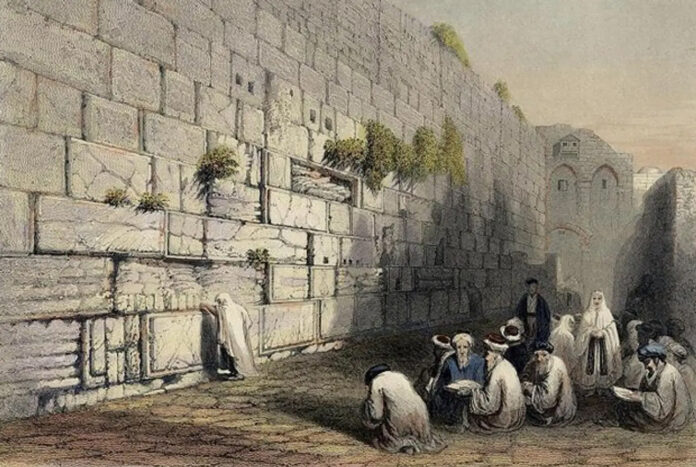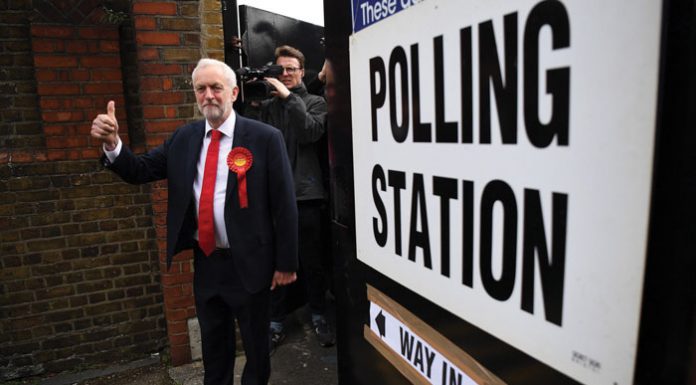Back in September 2015, a New York Times report on clashes at Har Habayis referred to the makom mikdash as the site where the Jewish temples were “believed to have once stood.”
Three days earlier, the same venerated paper described the holiest place in Judaism as a site “revered by Jews” but “one of the three holiest sites in Islam.”
A Times video around that same time referred to the site “that Jews call the Temple Mount…” and that “Jews widely believe was the site of the Temples.”
Call the Temple Mount? I wondered at the time. That’s what it is. Widely believe? Yes, we also widely believe that water is wet.
I wondered, too, if the paper might have described September 11, 2001, as “a series of plane crashes believed by Americans to have been Islamist attacks but considered by many in the Arab world to have been the work of the American government or a Jewish plot.”
Somehow, I think not.
What muddled the vision of the “paper of record” was, of course, a desire to honor the “Muslim narrative.”
But nice as it is to show deference to people, there still exists something called truth, and it behooves a “paper of record” to honor it.
No sober historian entertains the slightest doubt that the Bayis Sheini stood on the mount for centuries, having been built there nearly 1500 years before Islam’s founder’s grandparents were born. Both Jewish and, l’havdil, Roman sources recount that korbanos were offered there.
Since the destruction of the Bayis Sheini, Yerushalayim was conquered by Christian, and then Muslim, forces; and churches and mosques were built where the Beis Hamikdash stood. But those edifices could not, and cannot, obscure the site’s Jewish origins.
Every frum Jew recalls the Beis Hamikdash every day of the year, in each of his or her tefillos—recited facing in the direction of what we “widely believe was the site of the Temples.”
For many years, I (and surely others) complained to The Times for doubting the historicity of the Har Habayis as the site of the Batei Mikdash.
A glimmer of hope emerged in an “editor’s note” run after an October 2015 Times article headlined “Historical Certainty Proves Elusive at Jerusalem’s Holiest Place.” It clarified that “the headline and a passage in the initial version of the article implied incorrectly that questions among scholars about the location of the temples potentially affected Jewish claims to the site… In fact, the article should have made clear that the archaeological and historical uncertainties about the site—unlike assertions by some Palestinians that the temples never existed—do not directly challenge Jewish claims to the Temple Mount.”
Yay.
And on March 11 of this year, The Times reported that the mosque at the site is “one of the holiest structures in Islam” and that its compound is “also sacred to Jews.”
The “also” grates. But—wonders never cease!—later in the piece is the outright admission that the reason Jews “consider the Temple Mount one of the most sacred places in Judaism [is] because it was the site of two ancient temples” [emphasis mine].
So it is only proper to give credit where it is due—here, to The Times, for bravely stating, without qualifiers like “Jews believe” or “considered by Jews,” the fact that the Har Habayis “was the site” of the two Mikdashim.
Of course, like the “also,” the reference to it as “one of the most sacred places in Judaism,” rather than as the most sacred place in Judaism, towards which Jews have faced in prayer for millennia, is fatuous.
But partial progress is progress, too. And perhaps future news stories in The Times will fully acknowledge the true stature of the Har Habayis.
Maybe in the story it will run when Mashiach arrives, bimheirah.
To read more, subscribe to Ami





















